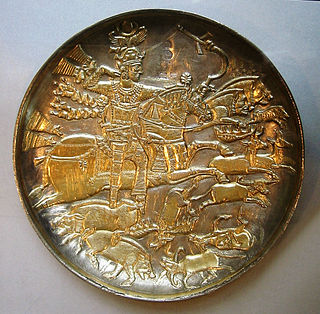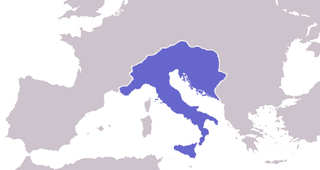This article needs additional citations for verification .(October 2017) |
| Millennium: | 1st millennium |
|---|---|
| Centuries: | |
| Decades: | |
| Years: |
| AD 500 by topic |
|---|
| Leaders |
| Categories |
| Gregorian calendar | 500 D |
| Ab urbe condita | 1253 |
| Assyrian calendar | 5250 |
| Balinese saka calendar | 421–422 |
| Bengali calendar | −93 |
| Berber calendar | 1450 |
| Buddhist calendar | 1044 |
| Burmese calendar | −138 |
| Byzantine calendar | 6008–6009 |
| Chinese calendar | 己卯年 (Earth Rabbit) 3196 or 3136 — to — 庚辰年 (Metal Dragon) 3197 or 3137 |
| Coptic calendar | 216–217 |
| Discordian calendar | 1666 |
| Ethiopian calendar | 492–493 |
| Hebrew calendar | 4260–4261 |
| Hindu calendars | |
| - Vikram Samvat | 556–557 |
| - Shaka Samvat | 421–422 |
| - Kali Yuga | 3600–3601 |
| Holocene calendar | 10500 |
| Iranian calendar | 122 BP – 121 BP |
| Islamic calendar | 126 BH – 125 BH |
| Javanese calendar | 386–387 |
| Julian calendar | 500 D |
| Korean calendar | 2833 |
| Minguo calendar | 1412 before ROC 民前1412年 |
| Nanakshahi calendar | −968 |
| Seleucid era | 811/812 AG |
| Thai solar calendar | 1042–1043 |
| Tibetan calendar | 阴土兔年 (female Earth-Rabbit) 626 or 245 or −527 — to — 阳金龙年 (male Iron-Dragon) 627 or 246 or −526 |



Year 500 ( D ) was a leap year starting on Saturday (link will display the full calendar) of the Julian calendar. At the time, it was known as the Year of the Consulship of Patricius and Hypatius (or, less frequently, year 1253 Ab urbe condita ). The denomination 500 for this year has been used since the early medieval period, when the Anno Domini calendar era became the prevalent method in Europe for naming years. The year 500 AD is considered the beginning of the Middle Ages, approximately.




